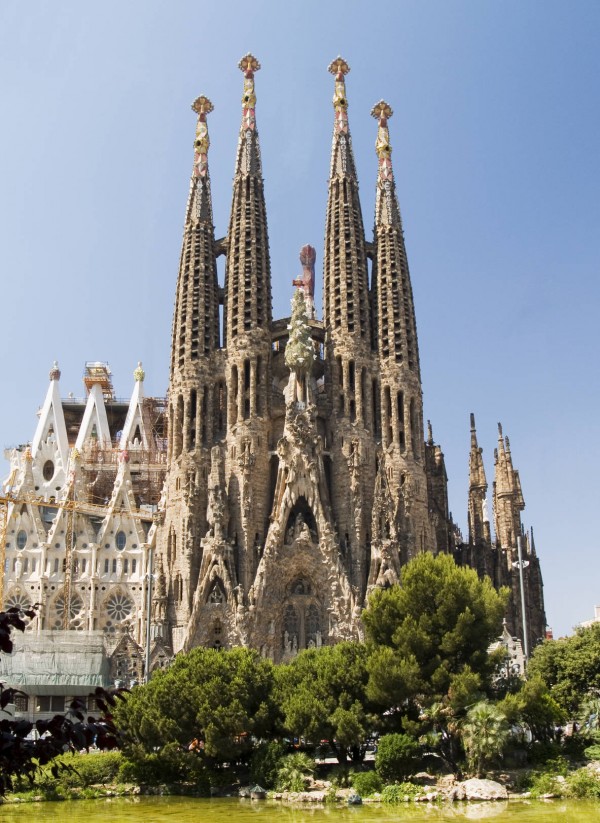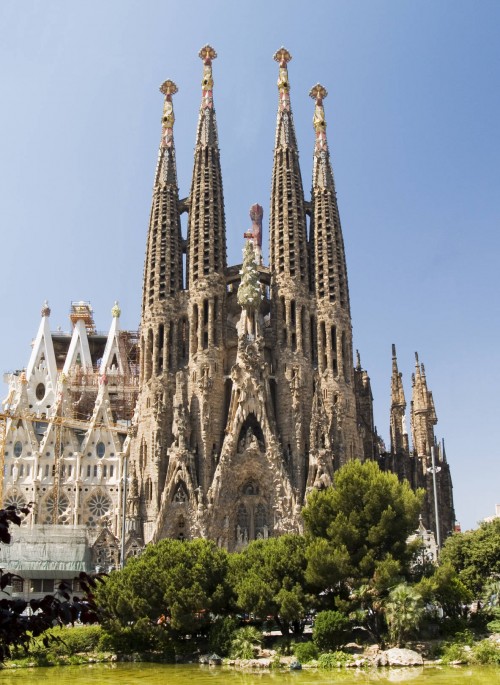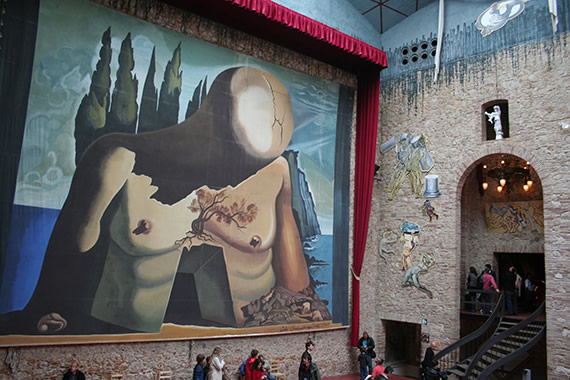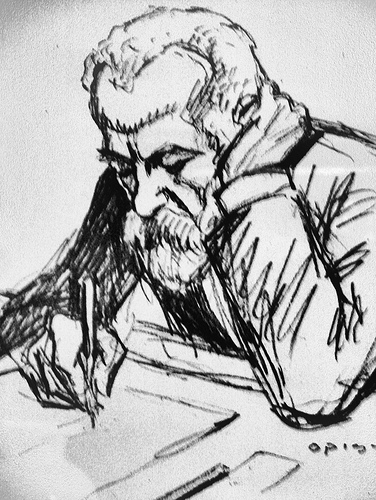 Antoni Gaudi is a great architect — one of the best in my view. He is the Frank Lloyd Wright of Spain. Like Frank Lloyd Wright, Gaudi’s style was distinctive. Also like Wright, he preserved some of the past while making his designs new. But I believe Gaudi is the better architect. You can see why I say that by visiting both architects’ buildings. Gaudi’s are more beautiful, more innovative, more structurally sound, and more durable.
Antoni Gaudi is a great architect — one of the best in my view. He is the Frank Lloyd Wright of Spain. Like Frank Lloyd Wright, Gaudi’s style was distinctive. Also like Wright, he preserved some of the past while making his designs new. But I believe Gaudi is the better architect. You can see why I say that by visiting both architects’ buildings. Gaudi’s are more beautiful, more innovative, more structurally sound, and more durable.
When judging an architect’s work, this is what you look for:
- Beauty inside and out. Beauty is in the eye of the beholder. But there is a reason that classical and neoclassical buildings are still thought to be beautiful by millions of people while some modern buildings – particularly those built by communists and urban planners of the 1970s — are simply ugly.
- Creativity. If all the architect is doing is following suit, he is not a great architect. The great ones are innovative, both in terms of aesthetics and structure.
- Respect for tradition. Innovation without a respect for tradition is arrogance.
- Structural soundness. The building has to be able to support itself. This seems obvious but many modern architects don’t do a good job of it. Some, in fact, design buildings that can’t even be built. And they get awards for them! Many architects today lack useful knowledge of engineering and construction. Their designs always have to be altered to be able to be built practically and within budget.
- Functionality. The building needs to be functional. If it is a music hall, it not only needs to be the right size to accommodate the musicians and the audience, it must have good acoustics. If it is a house, it must be a place where a family can comfortably go about their daily activities.
- Durability. Since the 1950s, most buildings have been built to disintegrate within 50 years. Many of them start falling apart almost as soon as they are occupied. Good architecture should last.
- Holistic approach. The great architects of the past, and particularly those who were designing buildings toward the end of the 19th century, took a holistic approach. In addition to designing the building itself, they designed the interior décor, including such details as banisters, doorknobs, and furniture. This makes sense.
- Projects completed. Great architects do more than simply draw plans. They complete projects. And not just ordinary projects – great ones.
- Commercial viability. The final criterion is just as important as the others. Great architects are commercial tradesmen. They must design buildings that sell.
Recommended reading: Tom Wolfe’s From Bauhaus to Our House
 MarkFord
MarkFord


